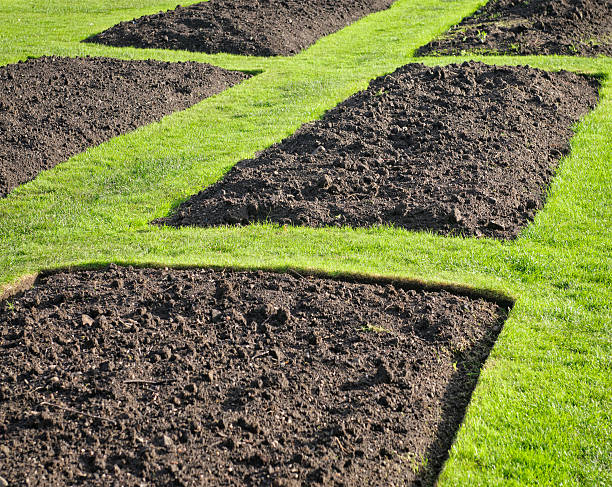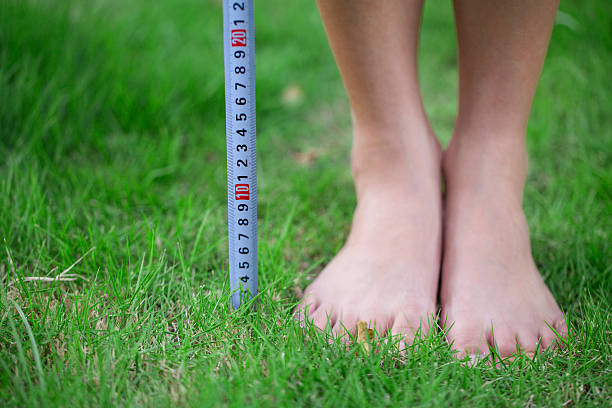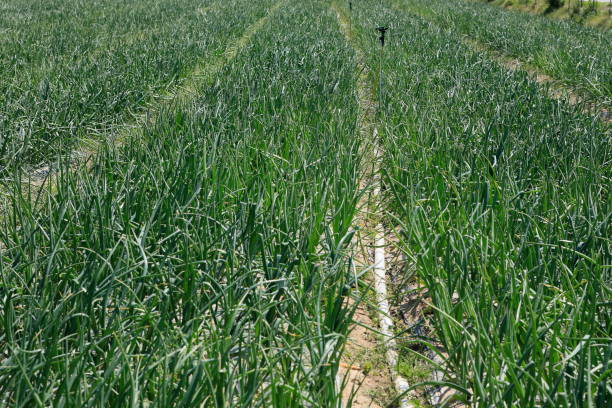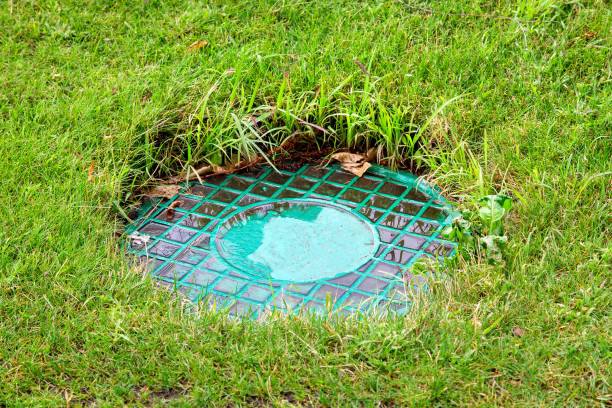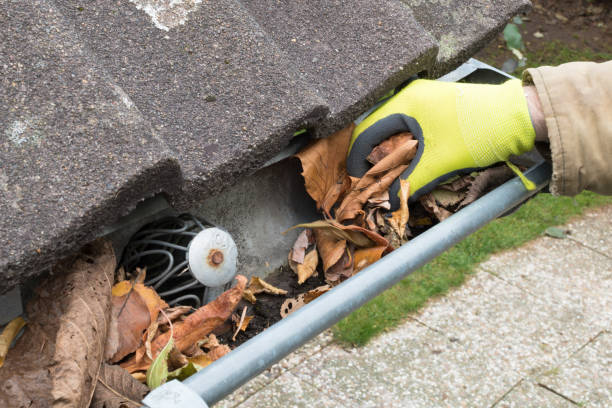How Many Feet is 200 Yards
This post contains affiliate links. This means I will make a commission at no extra cost to you should you click through and make a purchase. Read the full disclosure here.
Have you ever wondered how different units of measurement relate to each other? In this article, we will delve into the conversion between feet and yards. Understanding these measurements is essential, whether you’re working in construction, sports, or simply trying to visualize distances. Let’s explore how many feet are in 200 yards and gain insights into the topic.
Understanding Measurements
Measurements play a crucial role in our daily lives. They help us quantify, compare, and comprehend various physical quantities. When it comes to length or distance, different units are used across the world. While the metric system uses meters, countries like the United States still employ units like feet and yards.
Feet and Yards: An Overview
Both feet and yards are units of length in the Imperial system of measurement. The foot is a smaller unit, typically used for shorter distances, while the yard is a larger unit, often employed for longer distances. Understanding the relationship between these two units is key to converting measurements accurately.
Converting Yards to Feet
To convert yards to feet, you need to understand the conversion factor. One yard is equivalent to three feet. Therefore, to convert yards to feet, you need to multiply the number of yards by three. Applying this conversion to our initial question, “How many feet is 200 yards?” we can calculate it as follows:
200 yards * 3 feet/yard = 600 feet
Hence, 200 yards is equal to 600 feet.
Example Calculation
Let’s take a real-life example to further illustrate the conversion. Imagine you are planning a football field, and the specifications mention a length of 200 yards. To determine the length in feet, you would multiply 200 yards by 3:
200 yards * 3 feet/yard = 600 feet
Therefore, the football field would measure 600 feet in length.
Common Applications
Understanding the conversion between feet and yards is essential in various fields. In construction, architects and engineers often need to convert measurements to ensure accurate building plans and material estimations. Additionally, sports such as football, soccer, and track and field rely on accurate measurements of yards and feet to define the playing field.
Historical Significance
The origin of the foot as a unit of measurement can be traced back to ancient civilizations. The length of a foot was initially based on the length of a human foot. Over time, this measurement evolved and standardized, leading to the creation of other units like inches, yards, and miles. Exploring the historical significance of these units provides a deeper appreciation for their usage today.
Comparisons to Other Units
While feet and yards are commonly used in the United States, other countries utilize different units for measuring length. For instance, the metric system relies on meters and centimeters. Understanding the conversion factors between these units allows for easy communication and comparison between different measurement systems.
Importance of Accuracy
Accurate measurements are essential for a wide range of reasons. In construction, precision ensures that buildings are structurally sound and meet safety regulations. In sports, precise measurements are crucial for maintaining fair competition and record keeping. Knowing the accurate conversion between feet and yards helps maintain accuracy in these applications.
Challenges in Conversions
While the conversion between feet and yards may seem straightforward, challenges can arise. Human error, rounding discrepancies, or using incorrect conversion factors can lead to inaccurate results. Being aware of these challenges and using reliable conversion methods or tools is vital to achieving precise conversions.
Tools for Conversions
In the digital age, various tools are available to simplify unit conversions. Online converters, smartphone applications, and even built-in functions in spreadsheets can assist with accurate and quick conversions between feet and yards. Utilizing these tools not only saves time but also minimizes the chances of errors.
Tips for Accurate Conversions
To ensure accurate conversions between feet and yards, consider the following tips:
- Double-check the conversion factor: Remember that one yard equals three feet.
- Use reliable conversion tools: Take advantage of online converters or specialized applications to eliminate potential errors.
- Round numbers appropriately: Depending on the context, round the converted measurements to an appropriate number of decimal places.
- Be mindful of significant figures: Consider the level of precision required and adjust the converted measurements accordingly.
Conclusion
In conclusion, understanding the conversion between feet and yards is crucial for a variety of practical applications. By knowing that one yard is equal to three feet, we can convert measurements accurately. Whether you’re involved in construction, sports, or any other field, having a solid grasp of this conversion helps ensure precision and clarity in your work.
FAQs
Is it possible to convert feet to yards?
Yes, it is possible to convert feet to yards. To do so, you divide the number of feet by three.
How can I convert inches to yards?
To convert inches to yards, divide the number of inches by 36.
Are feet and yards used in the metric system?
No, feet and yards are not part of the metric system. The metric system uses units like meters and centimeters for measuring length.
Why are feet and yards still used in the United States?
Feet and yards are still used in the United States due to historical reasons and cultural continuity. The adoption of the metric system has been limited in certain areas, primarily in everyday measurements.
Where can I find reliable conversion tools for feet and yards?
There are numerous online conversion tools available with a simple internet search. Additionally, smartphone applications and spreadsheet software often include built-in unit conversion functions.



